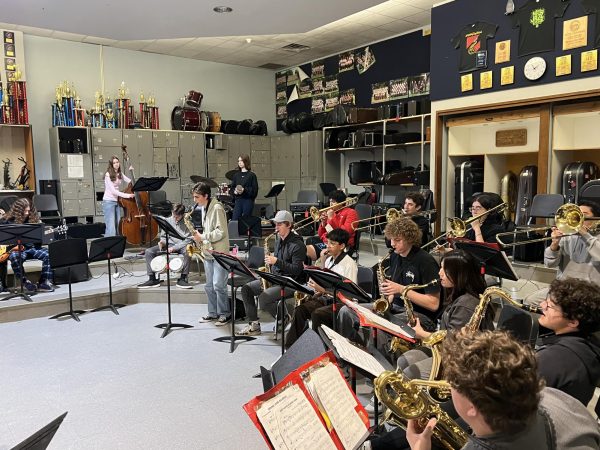Ensenada and its industries
I went on a short cruise over Veteran’s Day weekend from Long Beach, California to Ensenada, Baja California. After the first night at sea, the Carnival Cruise Line ship would be in port until five p.m.. Getting off the ship, my family made a beeline downtown to where the marketplace was.
There were a lot of the same old merchandise while browsing the open-air markets and dusty shops – touristy t-shirts, trinkets, items that played on American pop culture – but what caught my eye the most wasn’t something that could be seen without an uneasy feeling. Children ranging from five to eleven were carrying trays full of merchandise and popular candy.
My family spent an hour diving in and out of tourist traps, walking up the streets, and not once did we see less than five children trying to sell their items per street. After researching the topic I found that what must be strange to visitors was daily life for some Mexican families.
Ensenada’s economy primarily relies on tourist income and despite tourism technically being the fourth largest industry of the nation, it plays a pivotal factor in most of Mexico’s income. The income sources of this coastal city makes for a quick cruise trip from Los Angeles’ ports, a popular pit stop for road trips, through Baja California, and sports a major fishing industry, as it’s the only deep sea port in Baja California.
All of those enriched sources do not necessarily mean that most, if all, families have enough to live in relative comfort without aid from every member. Certainly, child labor has decreased over the years due to better educated parents and policies going hand-in-in. However, out of the millions of children working in Mexico about 870,000 of them are under 13 years old. Instead of playing with the toys they have, they go from group to group asking people to buy them.
On the bright side, children working between the ages of 12 and 14 have decreased by 40%, compared to a decade ago. Thanks to programs like Oportunidades—a social program that aids poor families to keep their children in school and from having to work—Mexico’s economic future looks brighter. I’m sure that no one wants to address the problem of child labor as it’s uncomfortable, but problems like these need to be addressed, especially in a time where exploitation is omnipresent.
Two days later we were back at the port of Long Beach, but I won’t be forgetting this trip anytime in the future – and especially not the children.










